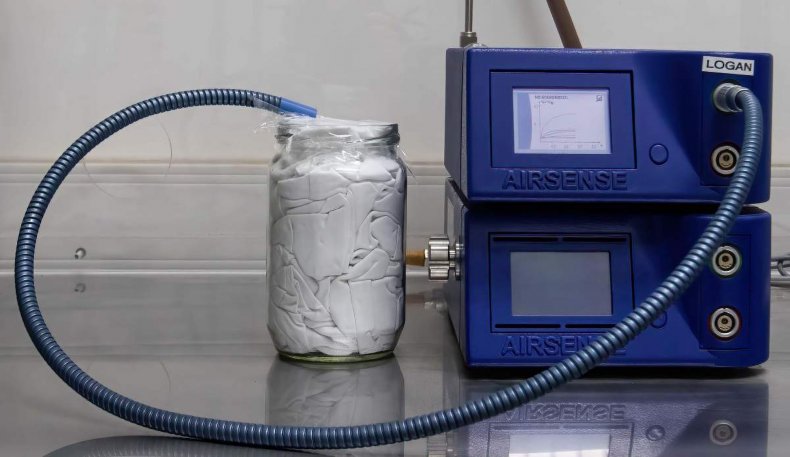A new study has revealed that people who smell like them may be more likely to become friends.
The study was led by Inbal Ravreby at the Weizmann Institute of Science (WIS), in the city of Rehovot, Israel, on the outskirts of Tel Aviv.
Working at the institute’s Brain Sciences Department, run by Professor Noam Sobel, Ravreby and her colleagues found that people may have a tendency to form friendships with individuals who have a similar body odor.
Weizmann Institute of Science/Zenger
WIS said in a statement: “The researchers were even able to predict the quality of social interactions between complete strangers by first ‘smelling’ them with a device known as an electronic nose, or eNose.”
They went on: “The sense of smell may play a larger role in human social interactions than previously thought.”
The statement said that the researchers relied on two previously established observations to conduct their study.
They explained: “First, several lines of evidence suggest that humans are constantly, although mostly subconsciously, sniffing themselves.
“Second, humans often subconsciously sniff other people.
“In addition, it’s known that people tend to become friends with others who are similar to themselves in appearance, background, values and even in measures such as brain activity.
“Ravreby hypothesized that when subconsciously sniffing themselves and others, people may be making subliminal comparisons, and that they may then gravitate toward those whose smell is similar to their own.”
The WIS statement went on: “To test her hypothesis, Ravreby recruited pairs of click friends: same-sex nonromantic friends whose friendships had originally formed very rapidly.
“She hypothesized that because such friendships emerge prior to an in-depth acquaintance, they may be particularly influenced by physiological traits such as body odor.
“She then collected body odor samples from these click friends and conducted two sets of experiments to compare the samples with those collected from random pairs of individuals.
“In one set of experiments, she performed the comparison using the eNose, which assessed the chemical signatures of the odors.
“In the other, she asked volunteers to smell the two groups of body odor samples in order to assess similarities…
Click Here to Read the Full Original Article at Newsweek…

